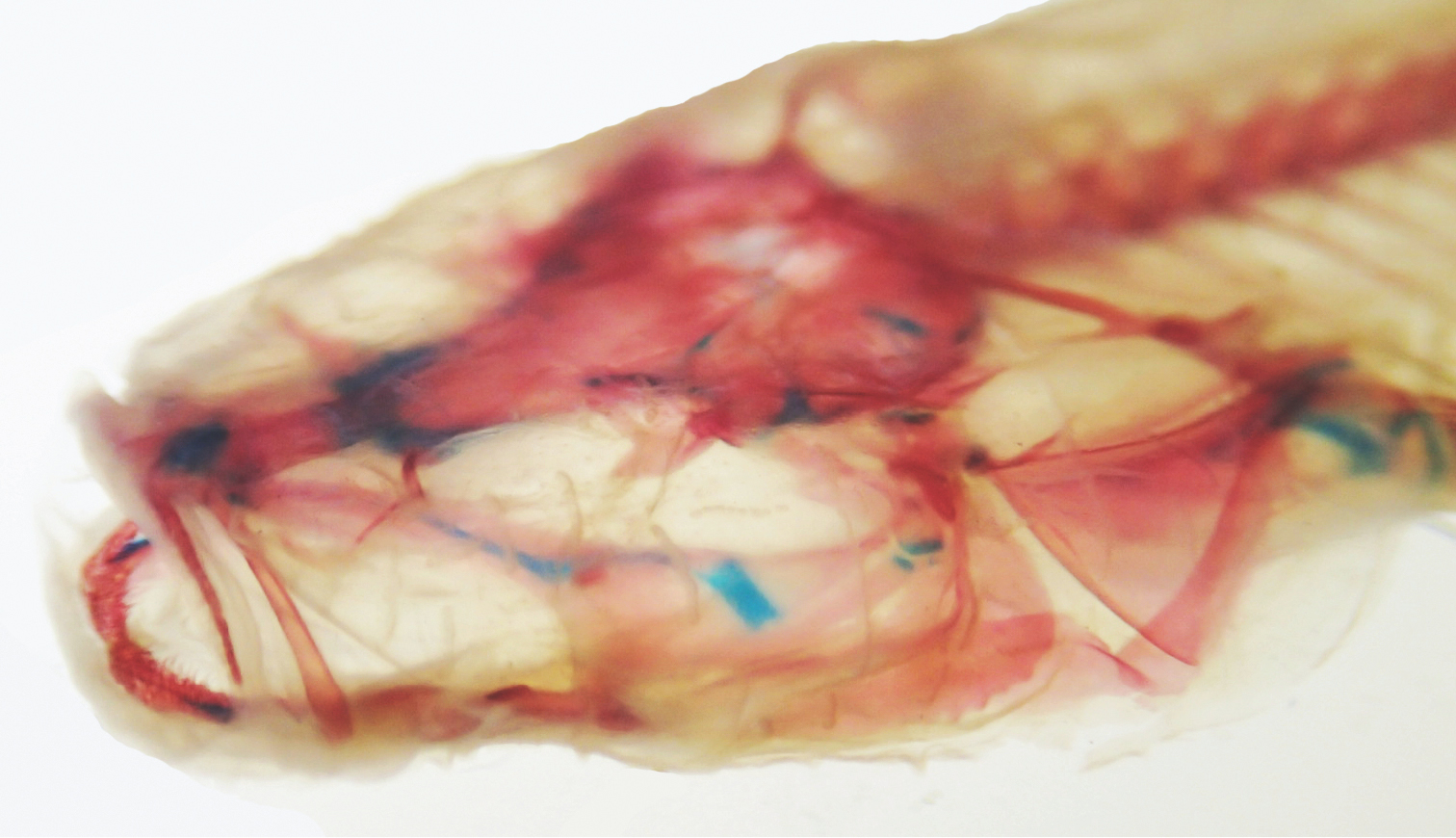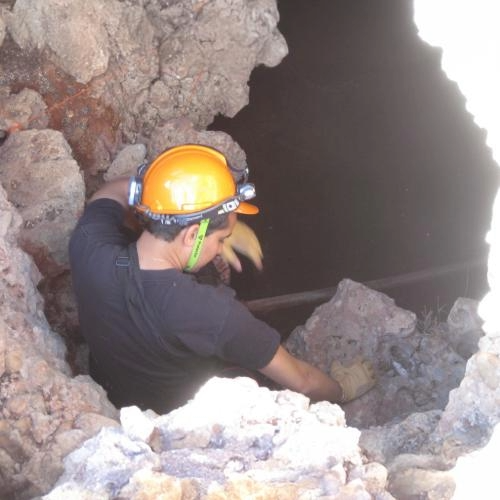Newly Named "Cavefish" Asteroid Honors Hidden Creatures Swimming in the Depths of Earth
November 07, 2024

Cavefish skeleton
An asteroid millions of miles away now has the name of nearly invisible fish that live in underground waters on Earth. LSU Professor and Curator of Fishes Prosanta Chakrabarty helped name the asteroid "Cavefish" to raise awareness about cave-dwelling fish. Working with asteroid hunter Carrie Nugent, Associate Professor at Olin College of Engineering, he hopes that the asteroid’s name will bring attention to this rare species, most of which are endangered freshwater fish.
Cavefish are small and ghostly with no color and are often blind. Living in complete darkness has caused them to lose their eyes and pigment, resulting in an appearance similar to pale little asteroids.
Chakrabarty noted that the newly named asteroid is part of the main asteroid belt, orbiting the sun between Mars and Jupiter. It’s several kilometers wide and has an inclination of 14 degrees, meaning it orbits the sun at a slightly tilted angle compared to Earth’s orbit.

Dr. Chakrabarty entering a cave in Australia
“I didn’t know naming asteroids was a thing,” Chakrabarty said. “We thought raising awareness about these cavefishes would be a good opportunity. There are about 200 species of cavefishes around the world.”
These fish play an important role in Earth’s ecosystems and inhabit freshwater sources, he added.
“They got trapped in these caves and adapted to life in the dark," said Chakrabarty. "We share the very limited fresh water on our planet, which came mostly from asteroids and comets hitting the Earth.”
By naming the asteroid after cavefish, scientists are honoring these mysterious creatures and bridging fields that might seem unrelated.
“Astronomy and biology seem worlds apart, but naming an asteroid after cavefishes shows how both fields share a fundamental curiosity about life,” said Tabetha Boyajian, LSU Associate Professor of Physics and Astronomy. “Collaborating across disciplines encourages scientists to think creatively, drawing inspiration from other fields where each may spark fresh insights in the other. Lastly, by merging fields like astronomy and biology, we can also engage the public’s curiosity on multiple fronts, inspiring a broader appreciation of science."
Learn more about the "Cavefish" asteroid.